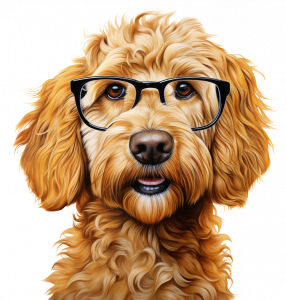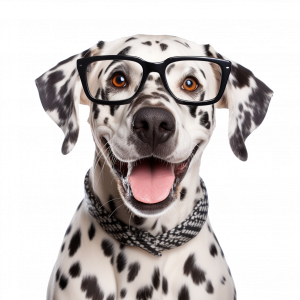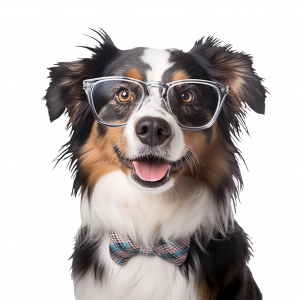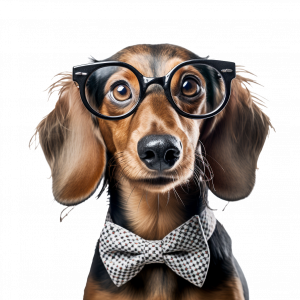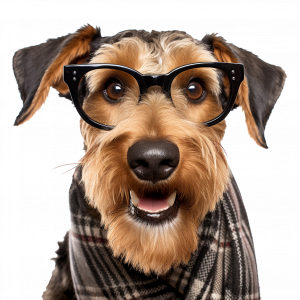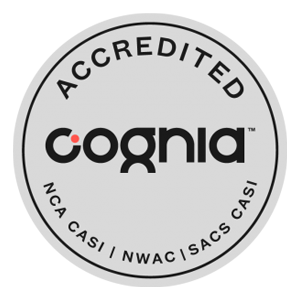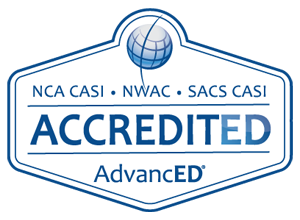Best DSLR Cameras for Beginners: A Comprehensive Guide for 2023
Choosing your first DSLR camera can be overwhelming, especially with so many options available. This guide simplifies your decision by reviewing the top beginner-friendly DSLR cameras, their features, and tips for getting started with photography. Whether you’re looking to capture stunning landscapes, portrait photography, or just want to elevate your everyday snapshots, we’ve got you covered.
Understanding DSLR Cameras
Before diving into our top picks, let’s briefly explain what makes DSLR cameras special. DSLR stands for Digital Single-Lens Reflex, and these cameras offer superior image quality, interchangeable lenses, and manual controls that allow for greater creative freedom. For beginners, DSLR cameras provide an excellent platform to learn and grow in photography.
Top DSLR Cameras for Beginners
1. Canon EOS Rebel T7 / 2000D
The Canon EOS Rebel T7 (also known as the 2000D) is an excellent entry-level DSLR camera. It features a 24.1-megapixel sensor, intuitive controls, and Canon’s user-friendly interface, making it perfect for beginners. The Rebel T7 offers good image quality in various lighting conditions and comes with built-in Wi-Fi for easy sharing.
2. Nikon D3500
Nikon’s D3500 is another top contender for beginners. It boasts a 24.2-megapixel sensor, excellent battery life, and a lightweight design. The D3500 also features a helpful Guide Mode, which walks new users through camera settings and techniques, making it ideal for those just starting their photography journey.
3. Pentax K-70
For those looking for a more rugged option, the Pentax K-70 offers weather-sealing and in-body image stabilization. Its 24.2-megapixel sensor delivers sharp images, and the camera performs well in low-light situations. The K-70 is an excellent choice for outdoor enthusiasts or those who want to explore nature photography.
Key Features to Consider
When choosing your first DSLR camera, consider these important features:
- Sensor Size and Resolution: Larger sensors generally produce better image quality, especially in low light.
- Autofocus System: Look for cameras with reliable and fast autofocus for sharp images.
- ISO Range: A wider ISO range allows for better performance in various lighting conditions.
- Video Capabilities: If you’re interested in videography, check for features like 1080p or 4K recording.
- Connectivity: Built-in Wi-Fi or Bluetooth can make sharing and transferring photos easier.
Getting Started with Your DSLR
Once you’ve chosen your DSLR camera, here are some tips to help you get started:
1. Understand Your Camera’s Basic Settings
Familiarize yourself with aperture, shutter speed, and ISO. These three elements form the exposure triangle and are fundamental to photography. Experiment with different settings to see how they affect your images.
2. Learn to Use Manual Mode
While automatic modes are convenient, learning to shoot in manual mode gives you full control over your camera’s settings. This allows for more creative freedom and better results in challenging lighting situations.
3. Invest in a Good Lens
While kit lenses are a great starting point, consider investing in a prime lens (like a 50mm f/1.8) as your skills improve. Prime lenses often offer better image quality and can help you learn more about composition.
4. Practice Regularly
The key to improving your photography skills is practice. Set aside time each week to experiment with your camera, try new techniques, and photograph different subjects.
Accessories to Enhance Your Photography
To make the most of your new DSLR camera, consider these accessories:
- Tripod: Essential for sharp images in low light or when using slow shutter speeds.
- Extra Batteries and Memory Cards: Always be prepared for extended shooting sessions.
- Camera Bag: Protect your investment and make it easy to carry your gear.
- External Flash: Improve your low-light photography and learn about lighting techniques.
Conclusion
Choosing your first DSLR camera is an exciting step in your photography journey. By considering the options we’ve discussed and understanding key features, you’ll be well-equipped to make an informed decision. Remember, the best camera is the one you’ll use regularly, so choose a model that feels comfortable and inspires you to keep shooting.
Whether you opt for the Canon EOS Rebel T7, Nikon D3500, Pentax K-70, or another beginner-friendly DSLR, the most important thing is to start practicing and experimenting with your new camera. With time and dedication, you’ll be capturing stunning images and developing your unique photographic style.
Happy shooting, and welcome to the world of DSLR photography!









